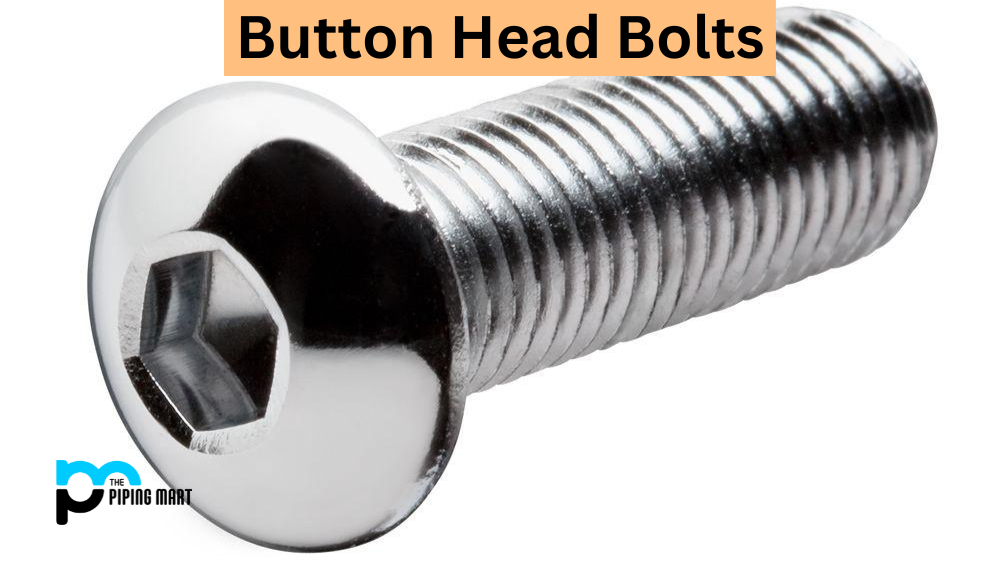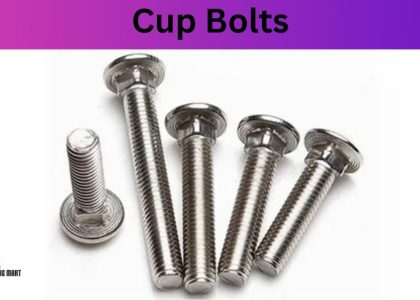A hacksaw is a versatile hand tool used for cutting various materials such as metal, plastic, and wood. Known for its precision and ease of use, it is a staple in many workshops, construction sites, and DIY tool kits. This article delves into the types of hacksaws, their applications, tips for using them effectively, and maintenance practices. Additionally, we’ll touch on how tools like hacksaws are utilized in conjunction with other construction materials like geogrid.
What is a Hacksaw and What Are Its Main Uses?
A hacksaw is a hand-held cutting tool consisting of a blade mounted on a metal frame. The blade has small, fine teeth that make it ideal for cutting metal pipes, rods, and other hard materials. Hacksaws come in different sizes and tooth configurations, allowing them to cut through various materials like PVC, aluminum, copper, and even wood. Due to its versatility and ease of use, the hacksaw is a preferred tool for professionals and DIY enthusiasts alike.
Main Uses of Hacksaws:
- Cutting metal pipes, rods, and sheets.
- Trimming plastic pipes and conduits.
- Shaping and cutting wooden dowels and small planks.
- Precise cutting in craft and model-making projects.

What Are the Different Types of Hacksaws?
There are several types of hacksaws, each designed for specific applications. Understanding the different types helps in selecting the right tool for the job:
- Adjustable Hacksaw: The most common type, featuring an adjustable frame that accommodates different blade lengths. Suitable for a variety of cutting tasks.
- Junior Hacksaw: A smaller version of the adjustable hacksaw, designed for light-duty tasks and cutting smaller materials.
- Power Hacksaw: An electrically powered version, used for cutting thicker metal or tougher materials that require more force than a manual hacksaw can provide.
- Mini Hacksaw: A compact tool for detailed cutting work in tight spaces, often used in plumbing and electrical applications.
Each type has its own unique features that cater to different cutting requirements, whether for home use or industrial applications.
How to Use a Hacksaw Effectively?
Using a hacksaw may seem straightforward, but there are techniques to maximize its efficiency and prolong the lifespan of the blades. Here are some tips:
- Choose the Right Blade: Select a blade based on the material you intend to cut. Finer teeth are ideal for metal, while coarser teeth are better for cutting wood or plastic.
- Proper Grip and Stance: Hold the hacksaw with a firm grip and keep your body aligned to ensure a straight cut. A steady stance reduces the chances of blade breakage.
- Smooth, Controlled Strokes: Apply consistent pressure and use long, smooth strokes for effective cutting. Let the saw do the work without forcing it, which can dull or break the blade.
- Lubricate the Blade: When cutting metal, lubricate the blade with oil to reduce friction, prevent overheating, and extend blade life.
Following these techniques ensures clean, accurate cuts and maintains the tool’s efficiency over time.
How to Maintain a Hacksaw for Long-Term Use?
Proper maintenance of a hacksaw not only extends its life but also enhances its performance. Here are some key maintenance practices:
- Clean the Blade and Frame: After each use, clean the blade and frame to remove debris, dust, and residues that can corrode the metal over time.
- Check Blade Tension: Regularly check and adjust the blade tension to ensure it is taut. A loose blade can lead to inaccurate cuts and potential breakage.
- Replace Dull Blades: A dull blade not only makes cutting difficult but can also damage the material being cut. Replace blades as needed to maintain cutting efficiency.
- Store in a Dry Place: Keep the hacksaw in a dry environment to prevent rust and corrosion, which can degrade the blade and frame over time.
Proper maintenance keeps the hacksaw in optimal condition, ensuring safety and efficiency in all cutting tasks.
Hacksaws are essential tools in both professional and DIY settings due to their versatility, precision, and ease of use. Understanding the different types, how to use them effectively, and proper maintenance practices can enhance their utility and lifespan. Moreover, hacksaws are often used alongside materials like geogrid in construction, where precise cutting of metal or plastic reinforcements is necessary to create strong, durable structures. By following the tips and guidelines provided, users can maximize the effectiveness and longevity of their hacksaws.


